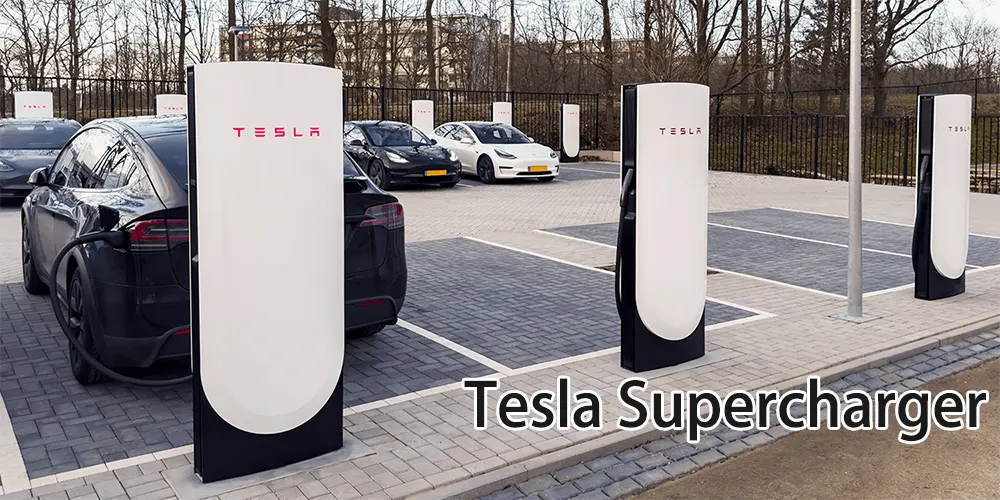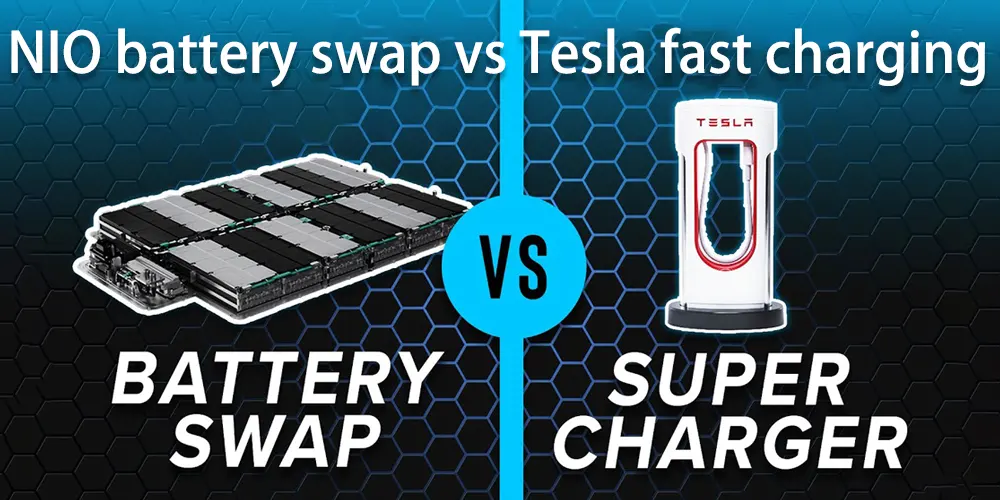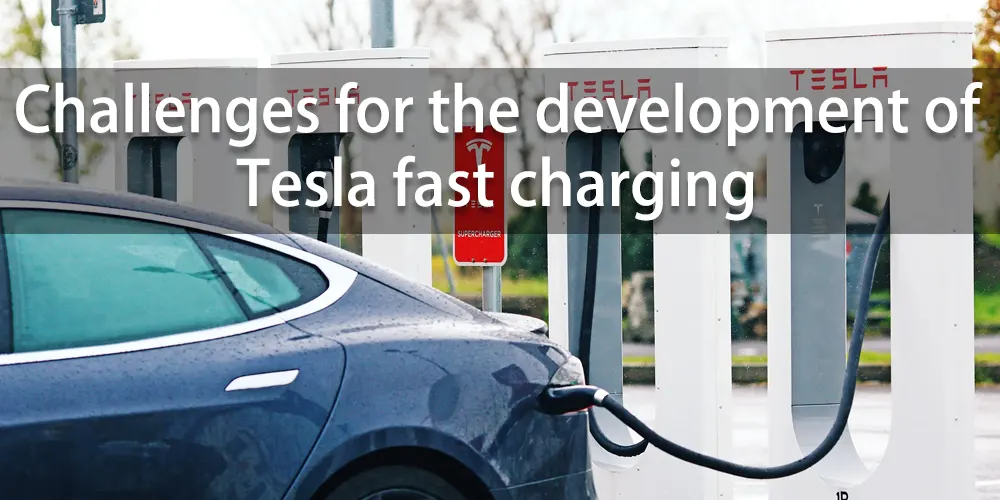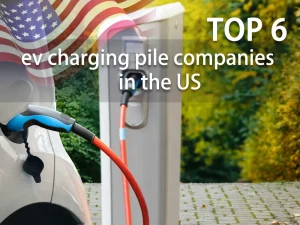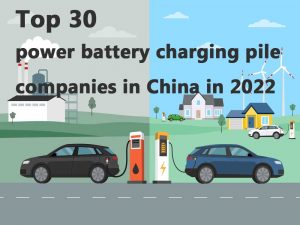Home » lithium ion battery knowledge » Tesla fast charging – the leader in ev industry
Tesla fast charging - the leader in ev industry
The acceleration of electrification has created a huge demand for charging. Fast charging will become the only way to upgrade charging technology.
As the number one brand of electric vehicles, Tesla fast charging is also constantly innovating with the changes of the times.

As a result, their latest model, the Model 3, boasts faster charging times than its predecessors. This article will introduce Tesla fast charging in detail, and take you to understand the battery life and future of electric vehicles.
Tesla fast charging introduction
As one of the fastest charging and most extensive charging networks in the world, Tesla’s overcharging has indeed greatly increased the charging sales of electric vehicles.
It has built more than 35,000 overcharging piles around the world. At present, more than 1,200 super charging stations have been built in China, and the number of super charging piles has reached 8,700, covering more than 370 cities across the country.
Tesla offers free charging to its customers at its Superchargers. The policy, first introduced in 2012, has been a big selling point for Tesla vehicles.
But the free charging policy is only available to existing customers who have previously purchased Tesla vehicles. New customers will need to pay for charging at Supercharger stations.
Tesla fast charging practice – Supercharger
Tesla has been a leader in developing fast-charging technology for electric vehicles. The company has introduced several generations of fast chargers, each with unique features and improved functionality. Tesla Fast Charge can charge a Tesla from 0% to 80% in 30-40 minutes.
Tesla V1 Supercharger: In 2012, Tesla released the first-generation super charging pile V1 Supercharger, with a peak power of only 100kW, suitable for early Tesla models, but the charging time is relatively long.
Tesla V2 Supercharger: In order to improve charging speed and efficiency, Tesla launched the V2 Supercharger. Tesla V2 Supercharger, A/B piles share 120kW. Two cars share one inverter, the charging power of the two cars will be around 60kW, depending on the SOC of the car, and the first car has the priority of shunting.
Tesla V3 Supercharger: In response to the problems of long charging time and anxiety about mileage, Tesla launched the third-generation Supercharger, namely V3 Supercharger. The V3 Supercharger has a peak power of 250 kW, and it can charge a Tesla from 0% to 80% in 30-40 minutes.
Tesla fast charging can add 120 kilometers of range to an electric car in just five minutes. One of the notable improvements to the V3 Supercharger is the liquid-cooled charging cable, which allows for a smaller diameter charging cable for easier handling and storage.
Tesla V4 Supercharger: The Tesla V4 Supercharger will use solar panels to generate electricity, with on-site energy storage in the form of a 3 MWh Megapack. They will be taller and narrower than the V3 Supercharger.
One of the main changes is the cable, which sits on the outside of the base instead of the inside, which allows for a longer cable length and makes it easier to charge from different orientations of the car.
The maximum charging power of the Tesla V4 Supercharger is expected to be 350 kW, and it is expected to provide more than 500km of battery life in 15 minutes of charging.
Tesla fast charging vs NIO battery swap
EV battery swapping station business model and fast charging mode is different. Battery swapping station directly puts the solution on the battery itself. The biggest problem with this model is that it is difficult to unify battery standards.
It is very difficult to unify battery parameters, sizes, and standards among different brands. Because the battery is the core component of an electric vehicle, it is like a unified engine or gearbox for a fuel vehicle.It is highly challenging for other car companies to accept the current battery standard of NIO.
Therefore, although the battery swap mode can replenish energy efficiently in the short term, the experience is better than charging. But the bottleneck is very obvious, and the input cost of the battery replacement mode far exceeds that of the charging station.
Fast charging is to achieve faster charging speed through more efficient charging piles.
There are currently two technical routes: increasing the charging current and increasing the charging voltage. The technical route of Tesla fast charging can be learned from the V3 super charging pile.
The peak operating current of the Tesla V3 supercharger exceeds 600A, which requires the use of a cable with a thicker diameter and a liquid-cooled charging gun. Compared with high-voltage fast charging, high-current fast charging has greater heat loss, and the thermal management costs of charging piles and charging guns are higher.
The ultra-high power fast charging solution is not without disadvantages. The biggest problem is that it has too much impact on the distribution network and requires huge capital investment to increase the power of the entire regional distribution network.
But this problem is not unsolvable, that is, to configure energy storage and use energy storage to resolve the impact on the distribution network.
The battery replacement mode and the charging mode are not contradictory. Relatively speaking, the power exchange mode is more suitable for super-large cities with precious land resources and lack of installation conditions for home charging piles in old communities.
Megacities can first complete the battery swapping layout of taxis, thereby motivating private car users to choose the battery swapping mode. However, long-distance travel still depends on a perfect layout of charging piles.
Two challenges for the development of Tesla fast charging
With the increasing popularity of electric vehicles, the need for fast charging is becoming more and more important.
However, advances in power electronics alone cannot achieve ultra-fast charging. Battery technology is a key factor limiting the speed at which electric vehicles can be charged.
Energy capacity is one of the most important battery parameters for long-range electric vehicles. From the 18650 battery in the Model S, to the 2170 battery in the Model 3, to the 4680 battery in the Model Y, the energy density and charging speed of Tesla batteries have improved with each model release.
Next, the next direction of Tesla fast charging is still closely related to the improvement of battery energy density.
Proper thermal management is another key factor for efficient battery management, especially as battery energy and power densities continue to increase. Tesla has implemented three generations of thermal management systems in its electric vehicles.
The first-generation system for the Model S and Model X consists of three loops: the air conditioning loop, the battery loop, and the motor loop.
The second-generation system used in the Model 3 has a Superbottle integrated valve body that combines components in the thermal management loop.
The third-generation system installed on Model Y includes four highlights: valve body integration technology, motor stall technology, intelligent thermal management algorithm, and multi-functional heat pump technology.
In the future, the increase in the upper limit of Tesla fast charging will require a breakthrough in battery thermal management technology.
Summary
As Tesla continues to lead the way in electric vehicle technology, the company is also working to improve the charging experience for its customers.
The current Supercharger network already provides fast charging for Tesla drivers, but it’s not enough. In the next few years, we will wait and see how far Tesla fast charging technology can go.




